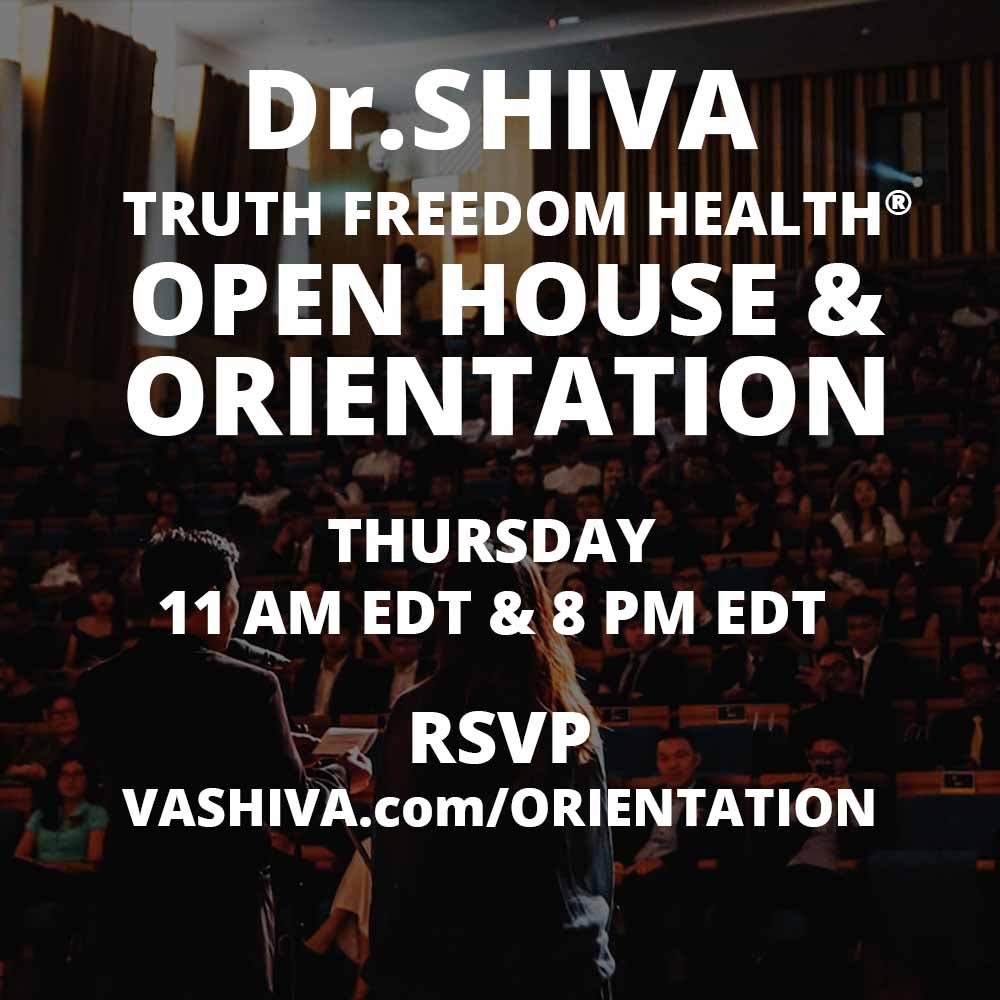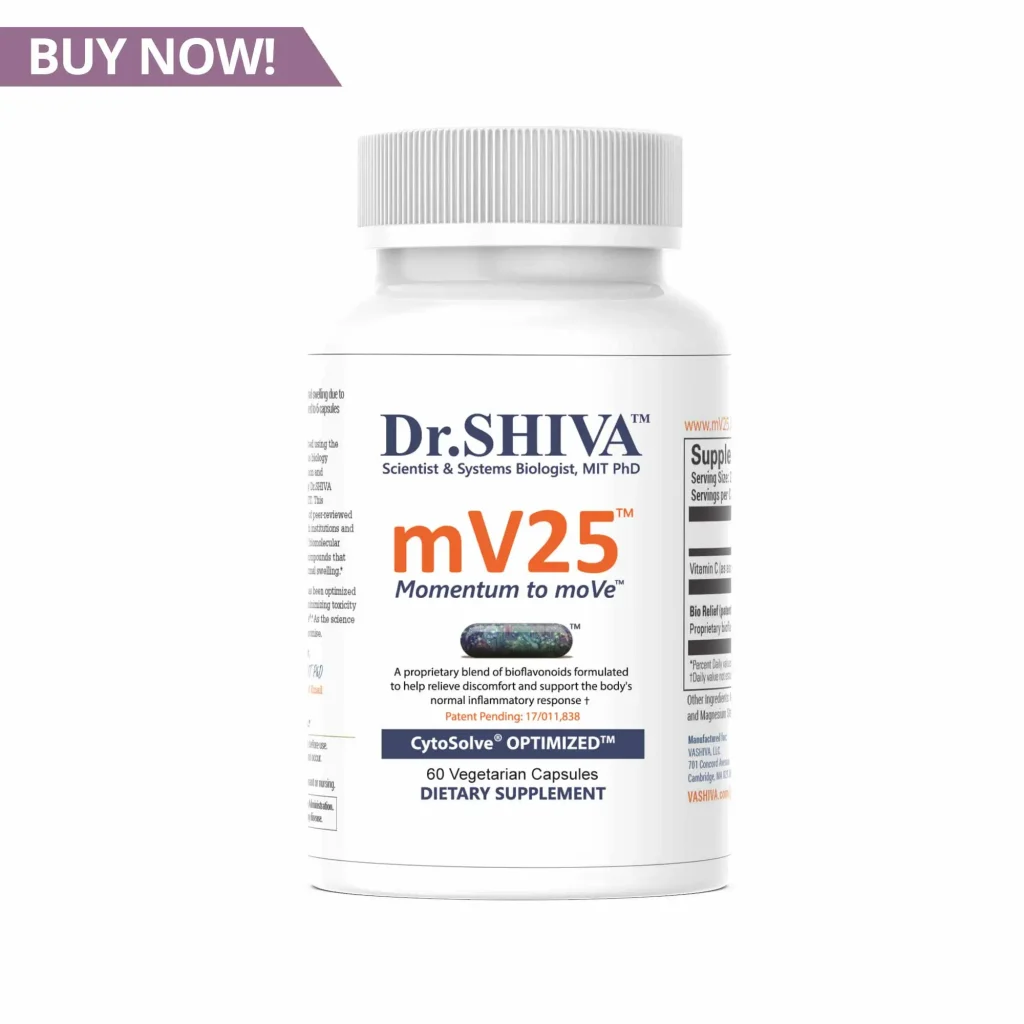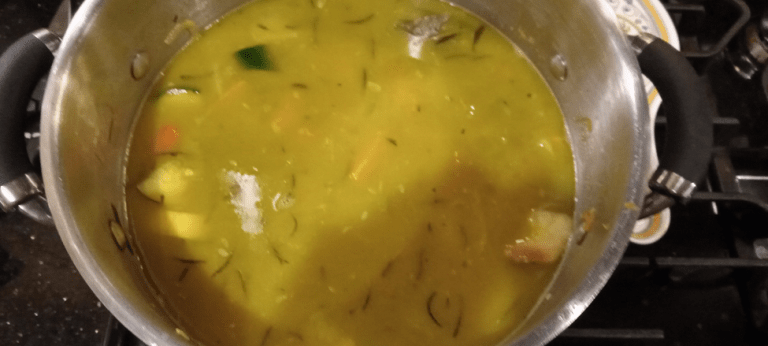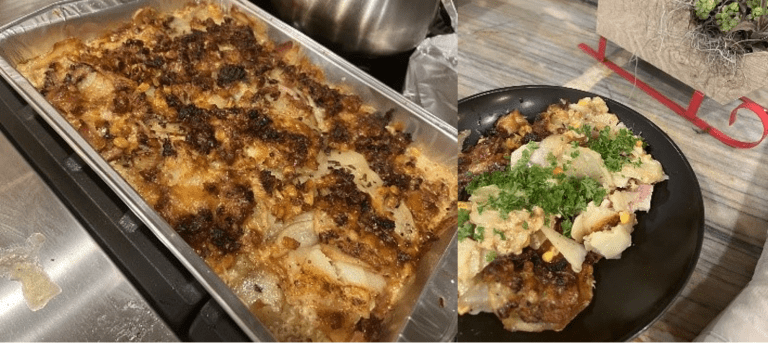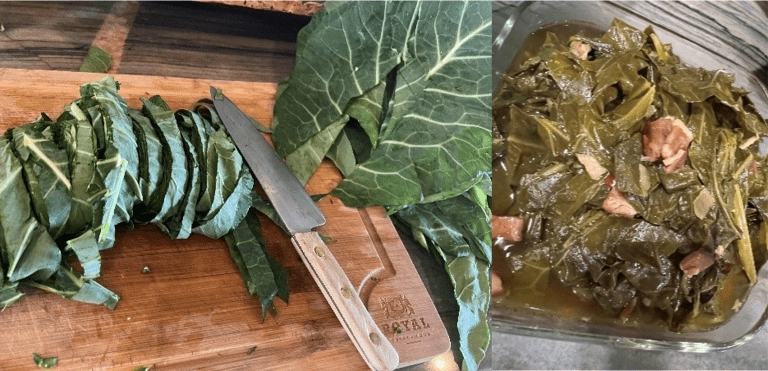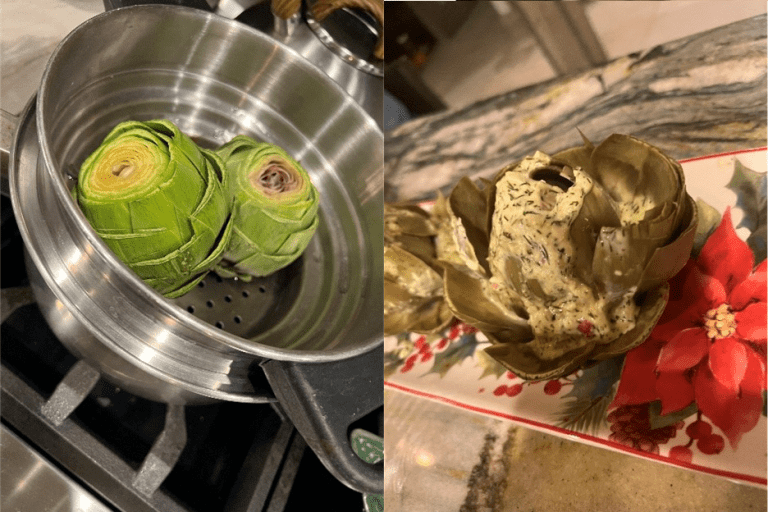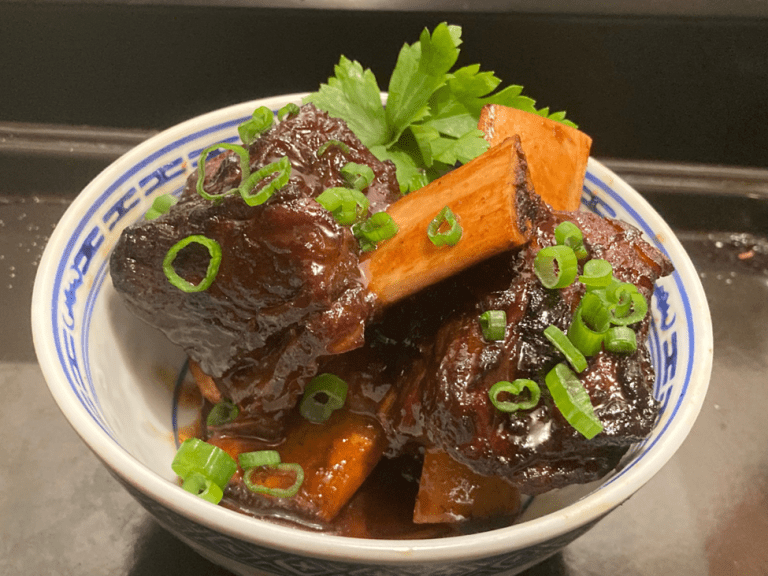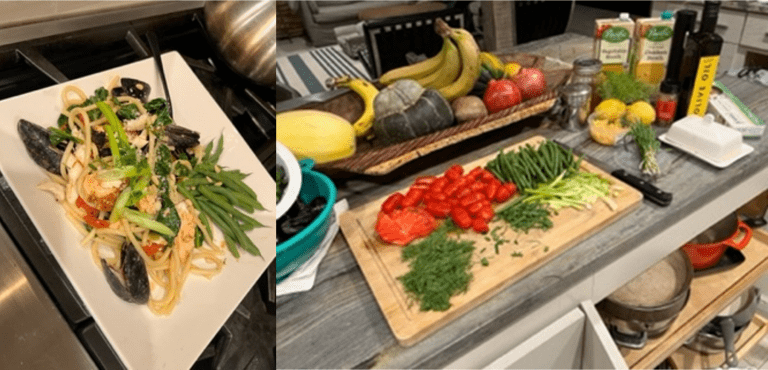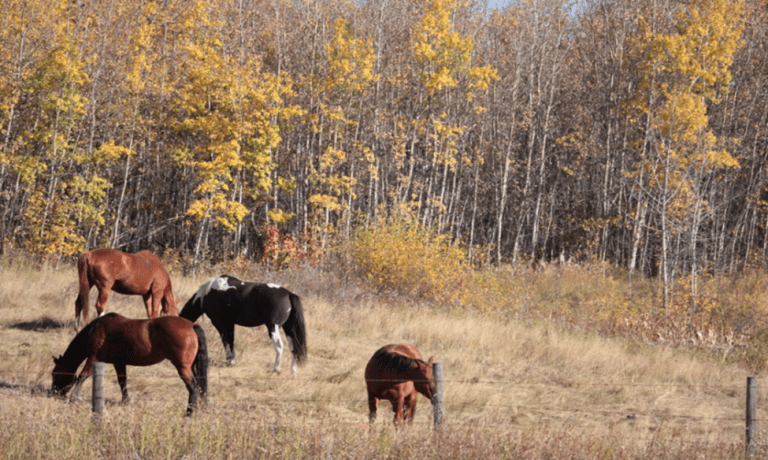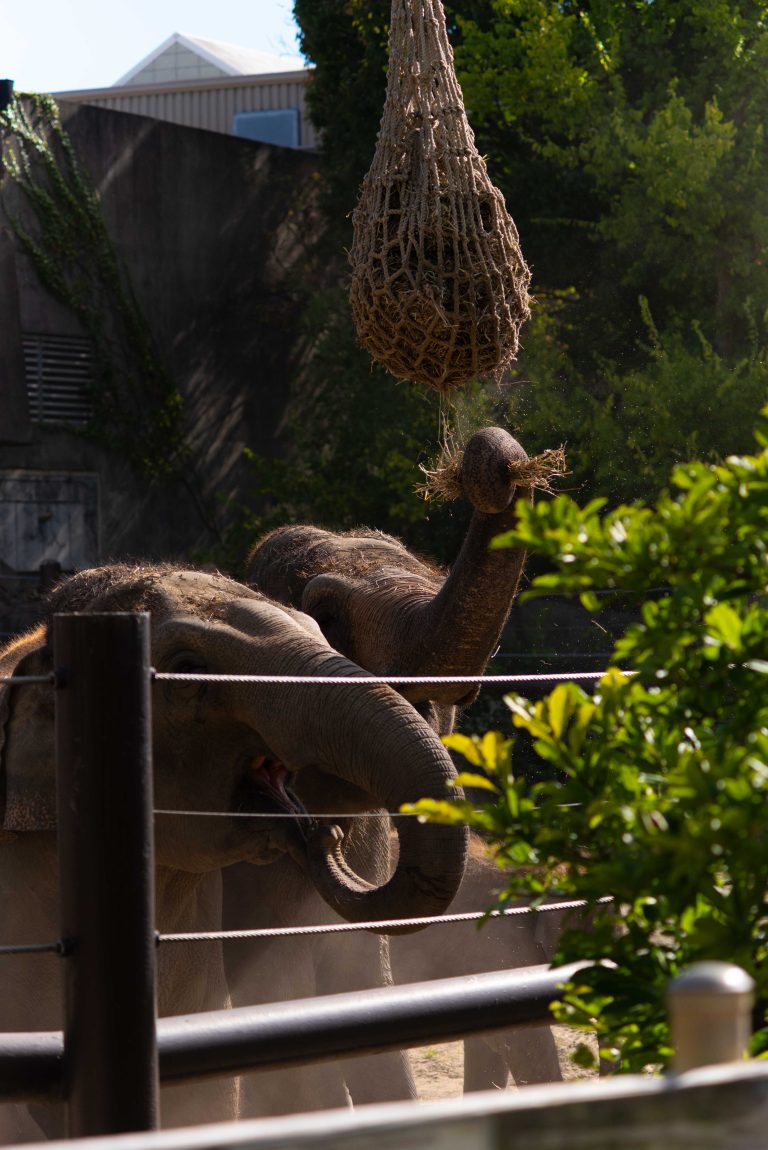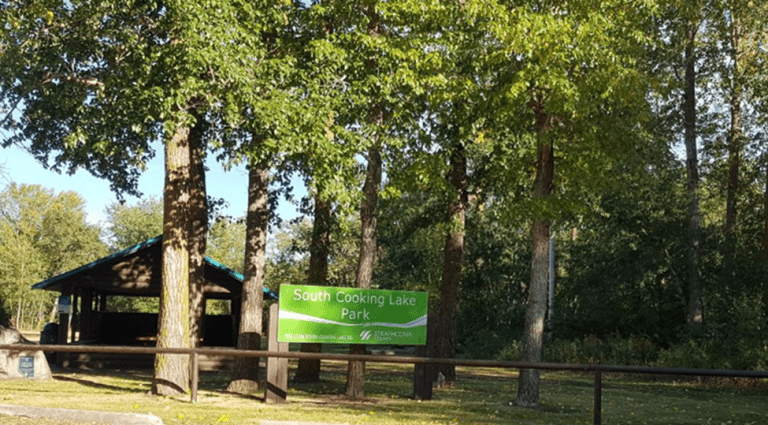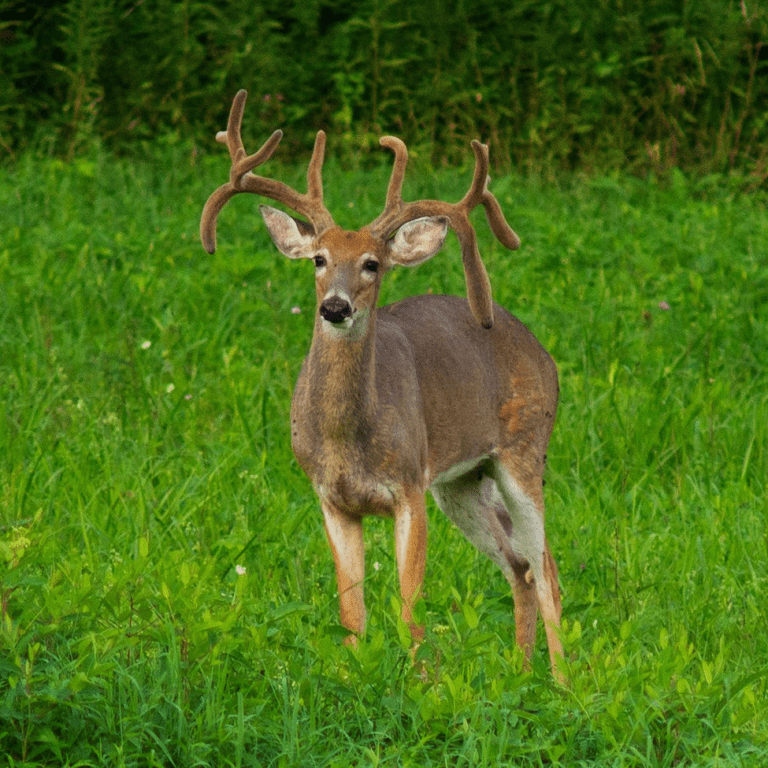Growing food in containers has many benefits over traditional gardening.
- Container gardening offers many options.
- Growing in containers can have fewer pests
- Containers can be moved where the growing conditions are ideal
- Food Grade buckets and Grow Bags are popular garden containers
- Growing in containers spares the work of digging or tilling

There’s and endless number of tutorials on YouTube of wacky DIY ideas. A lot of them seem to exist solely for the purpose of providing content; who cares if it’s really useful, the channel needs content.
One idea circulating is how to grow food in buckets. At first it may seem far-fetched, but it is actually a clever way to have a garden using less space and less work.

If there are no food grade buckets available, flower pots do just fine. Once your mind is loosed from the strictures of traditional methods of gardening, there is no limit to the ideas that might arise.
Grow Bags are another popular option for an above ground garden. Potatoes can be grown very successfully in them, as well as buckets.

Holes can be drilled or punched into the bottom of containers for drainage. Mulching on top of the soil once it has been planted will help hold in some of the moisture, so it doesn’t require quite as much watering.


Another fun technique to try is companion gardening. This is where you put plants that attract good bugs near other plants to repel the bad bugs that eat your garden.

This can be quite in depth, and books have been written about it, but experimentation can work for the casual gardener. It seems that just planting in containers reduces the number of bugs and other problems that in-ground planting can cause.
The ability to move the containers is also a plus if pests, such as deer, are an issue. You can have vegetables growing on your deck or patio.

It also allows you to start your garden early because you can move your plants into the garage for protection from cold temperatures. Or if it gets too hot suddenly, you can move your cool weather plants, such as Romaine Lettuce or Radish, to a more shady spot.
It’s good to have plenty of flowers and plants in the vicinity to attract the bees and the beneficial insects.





















